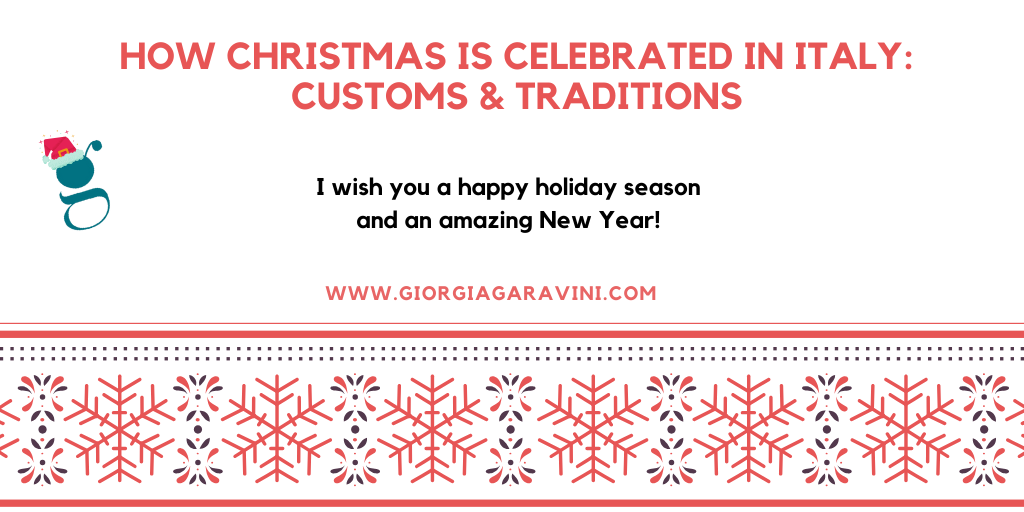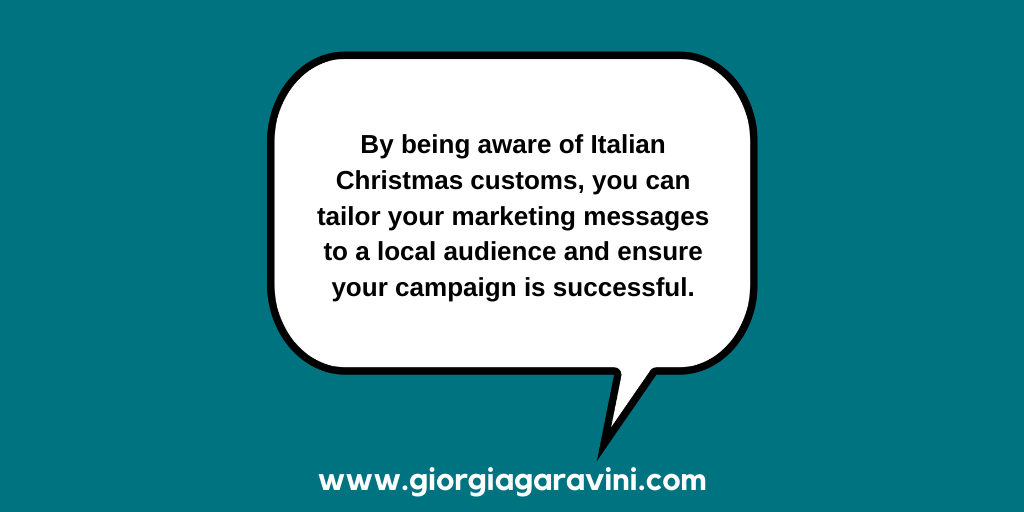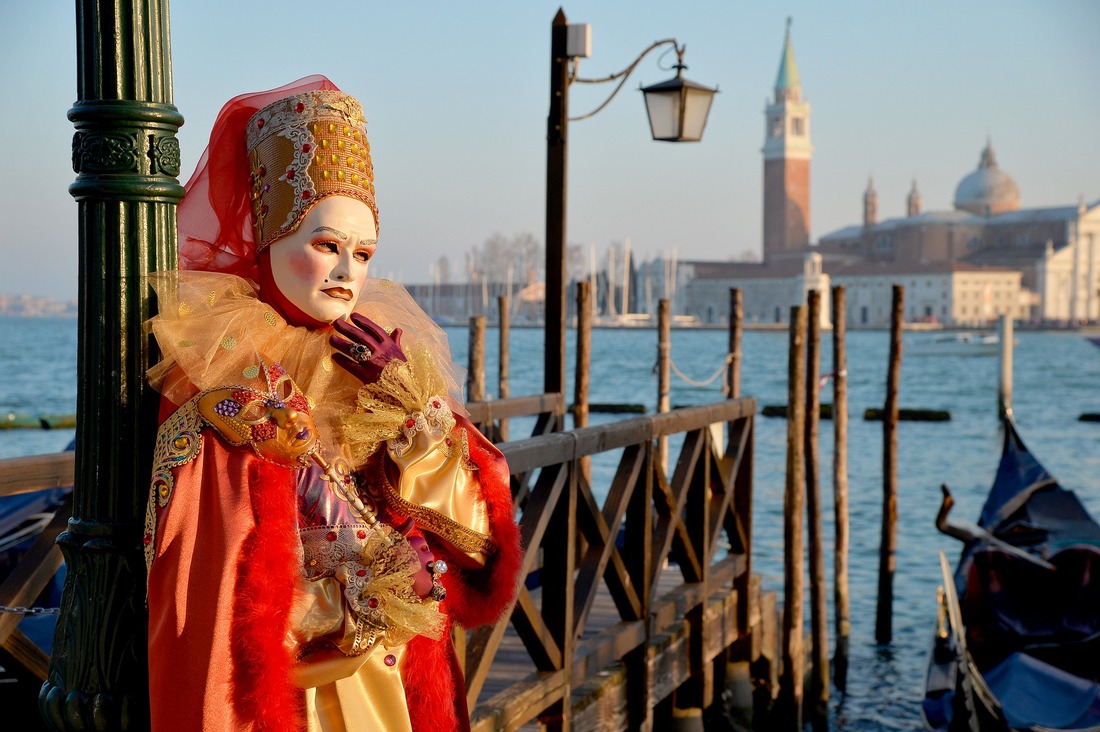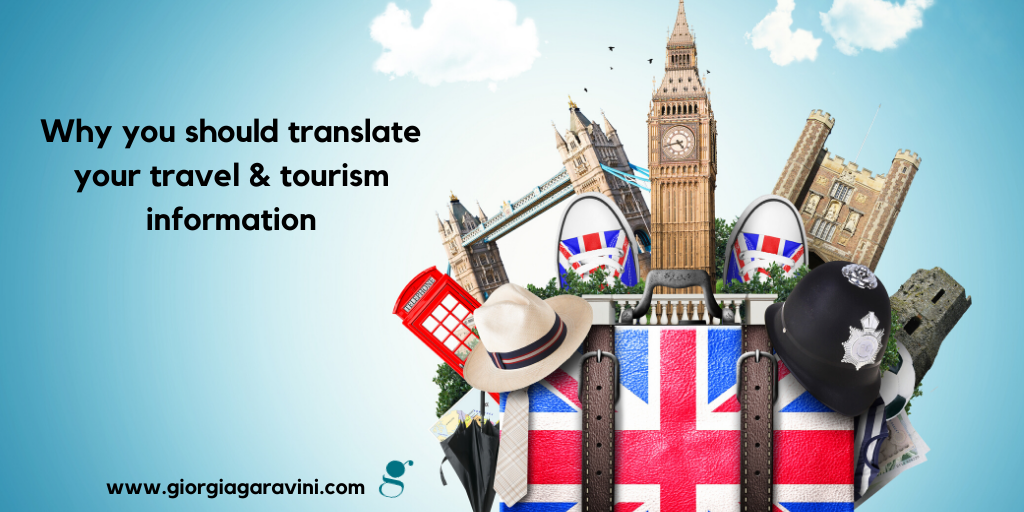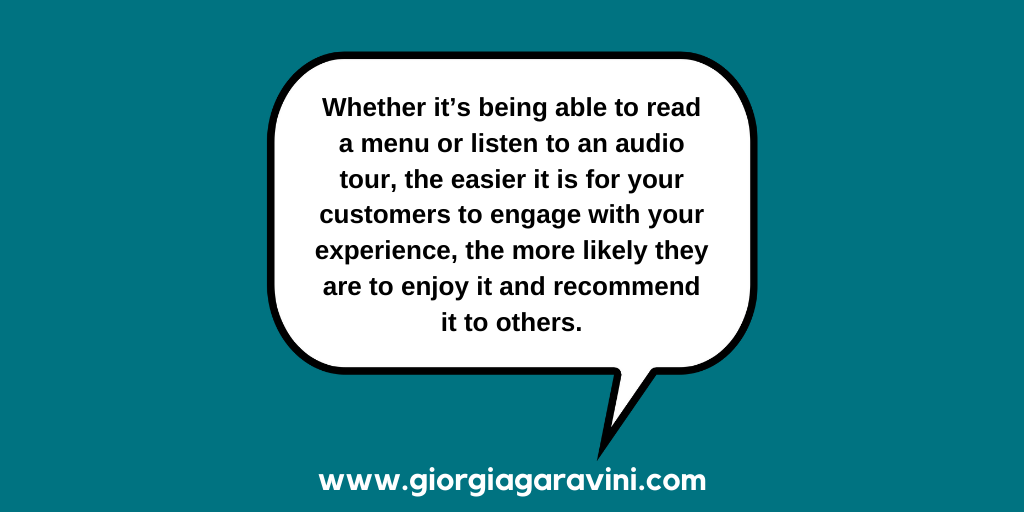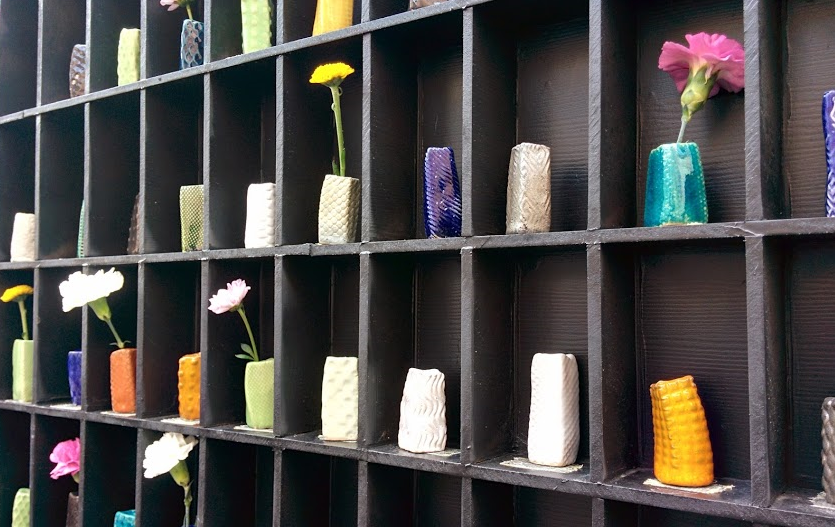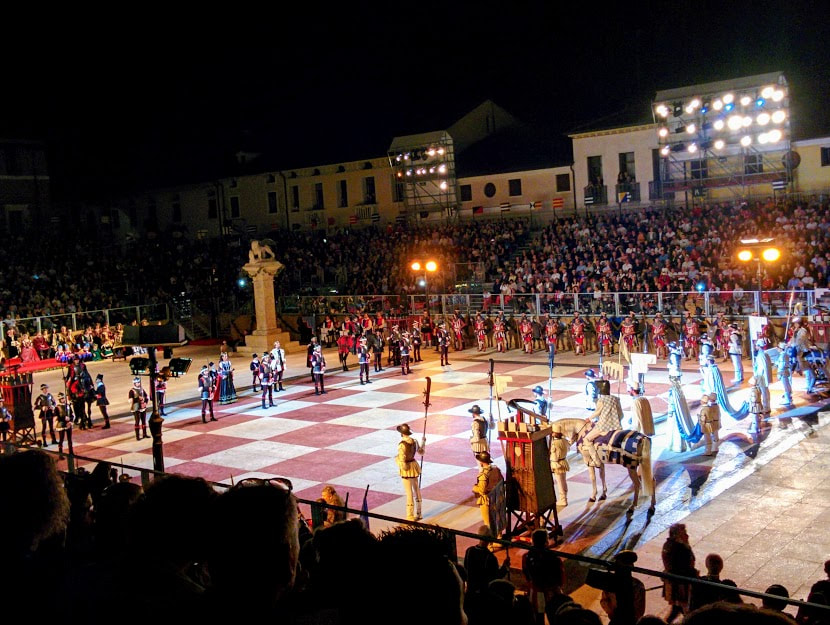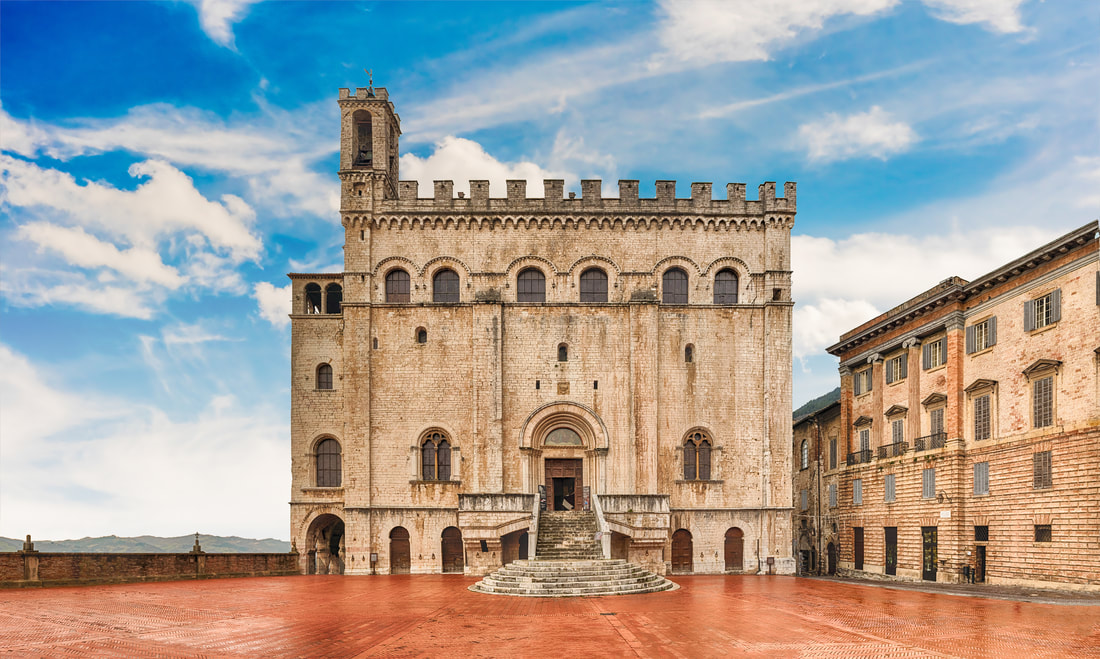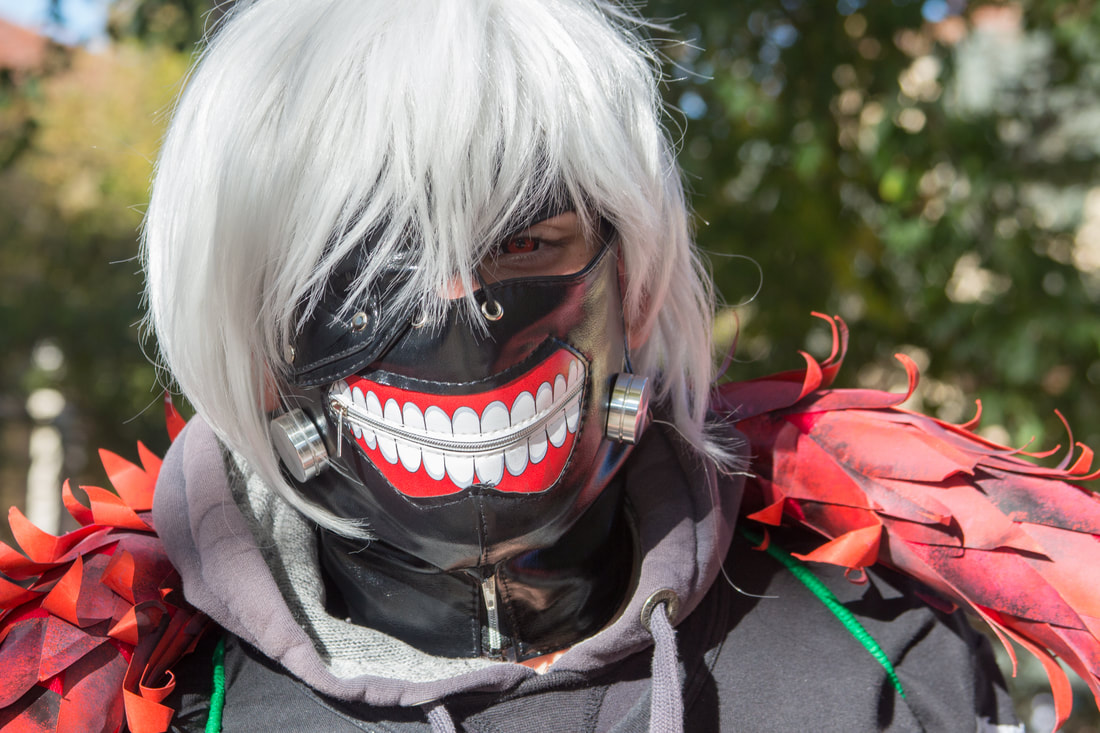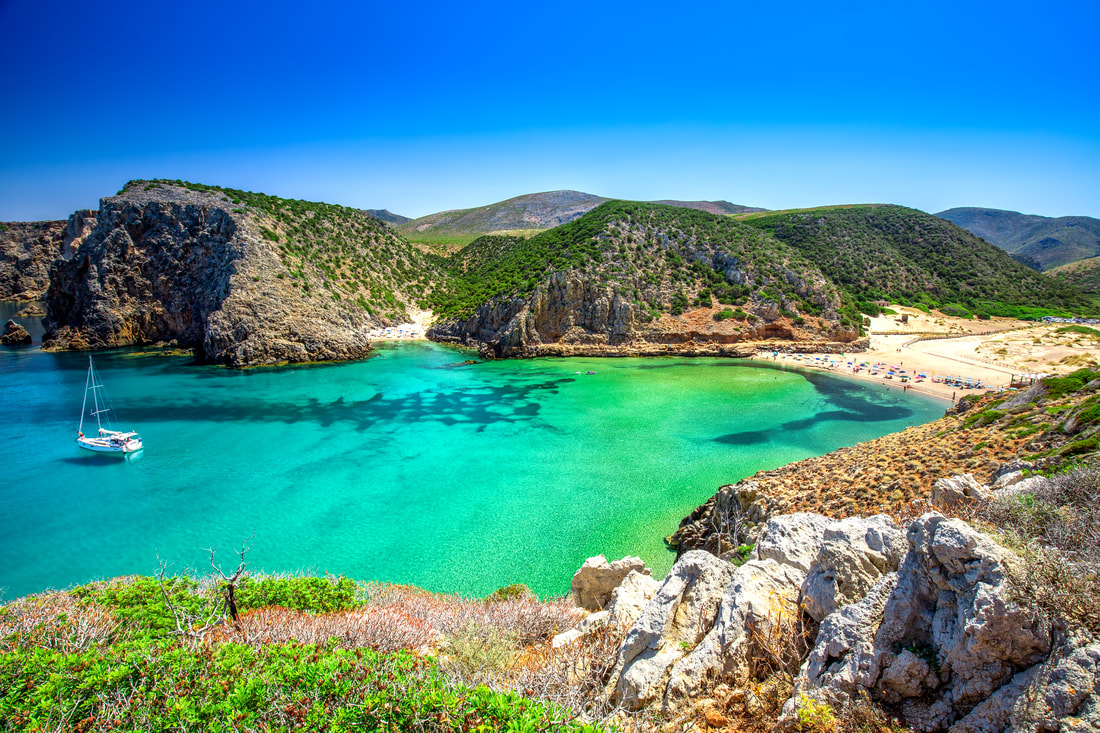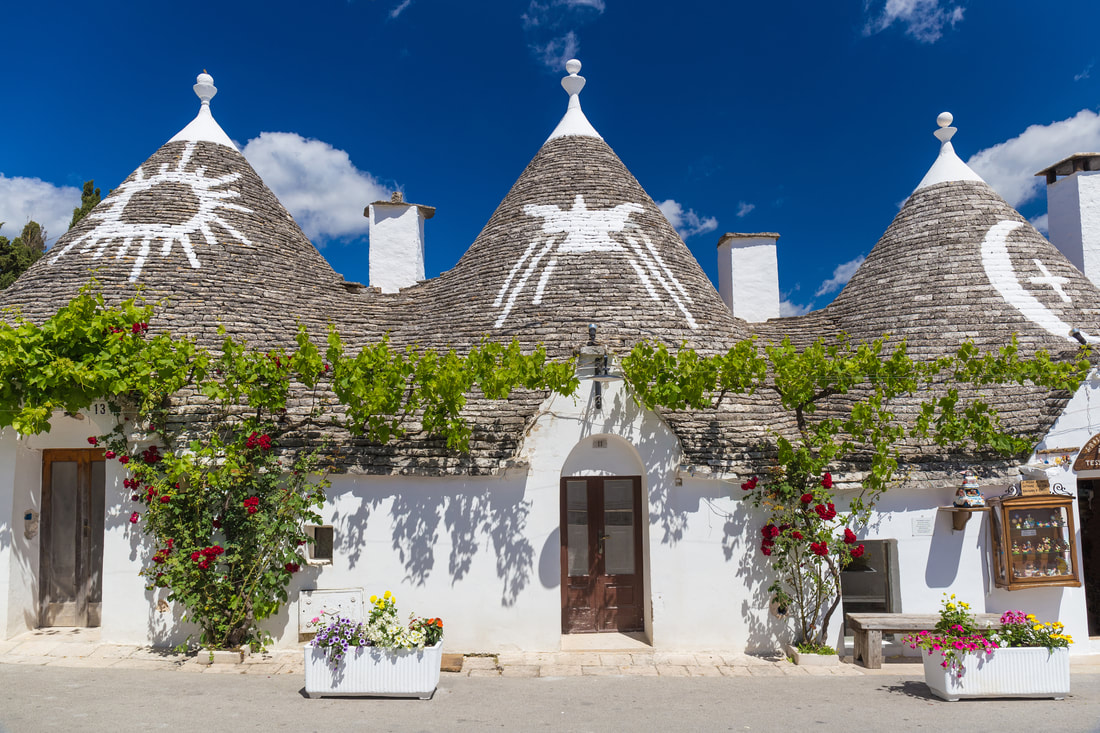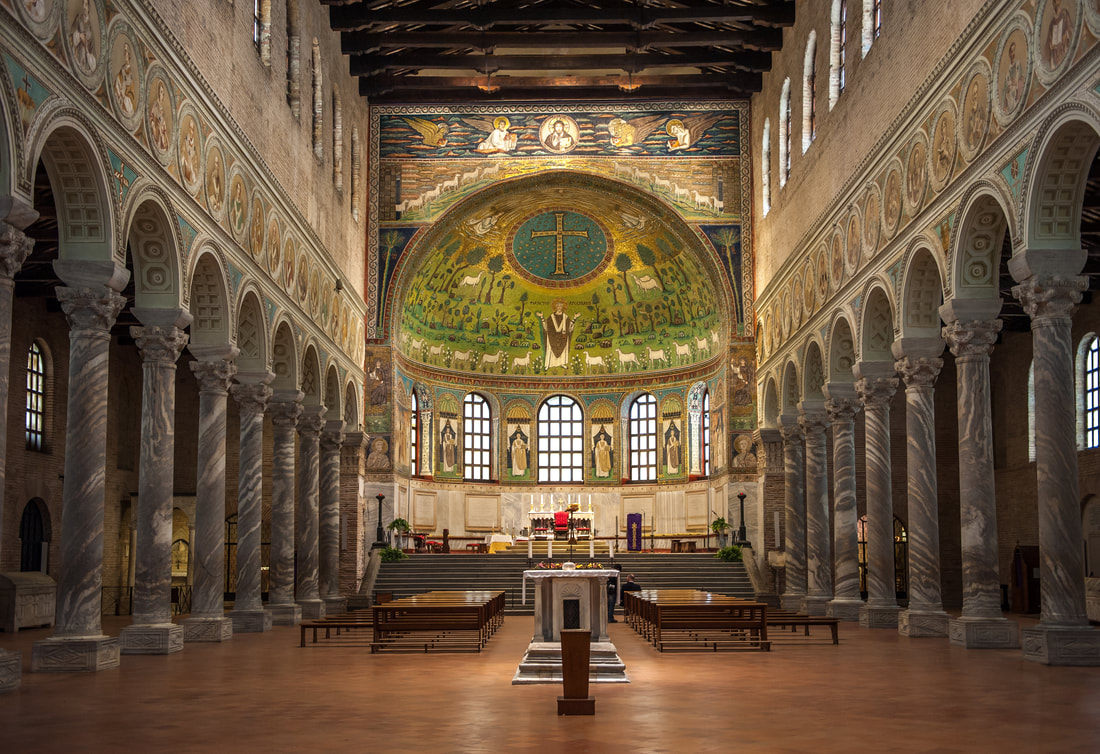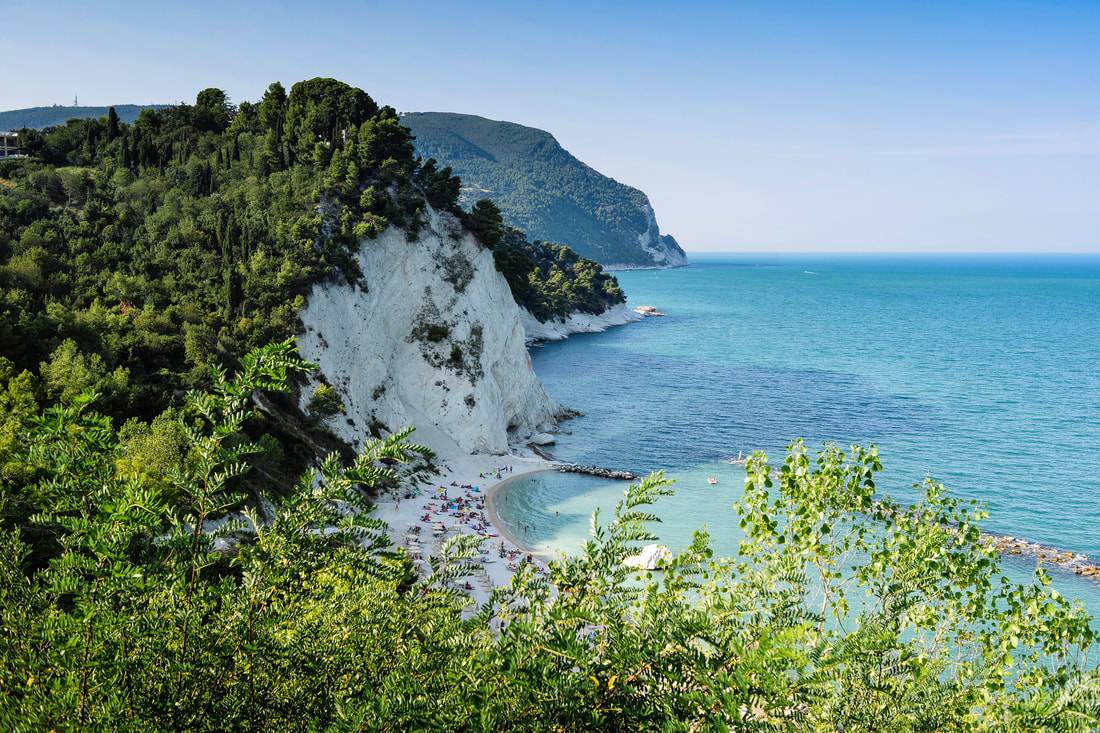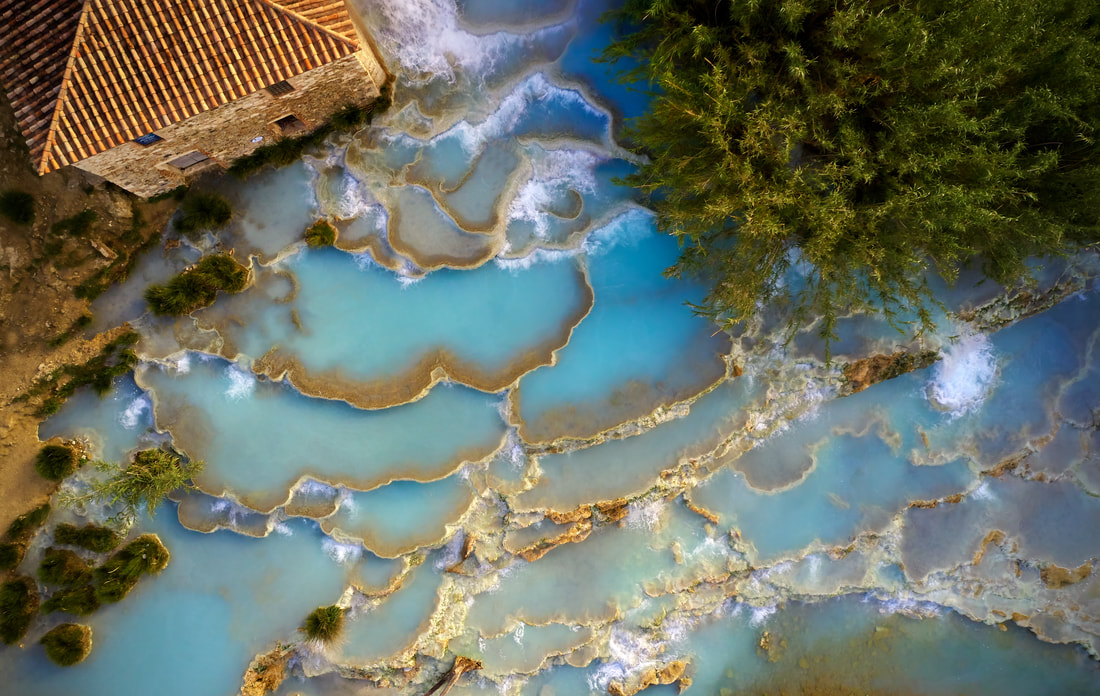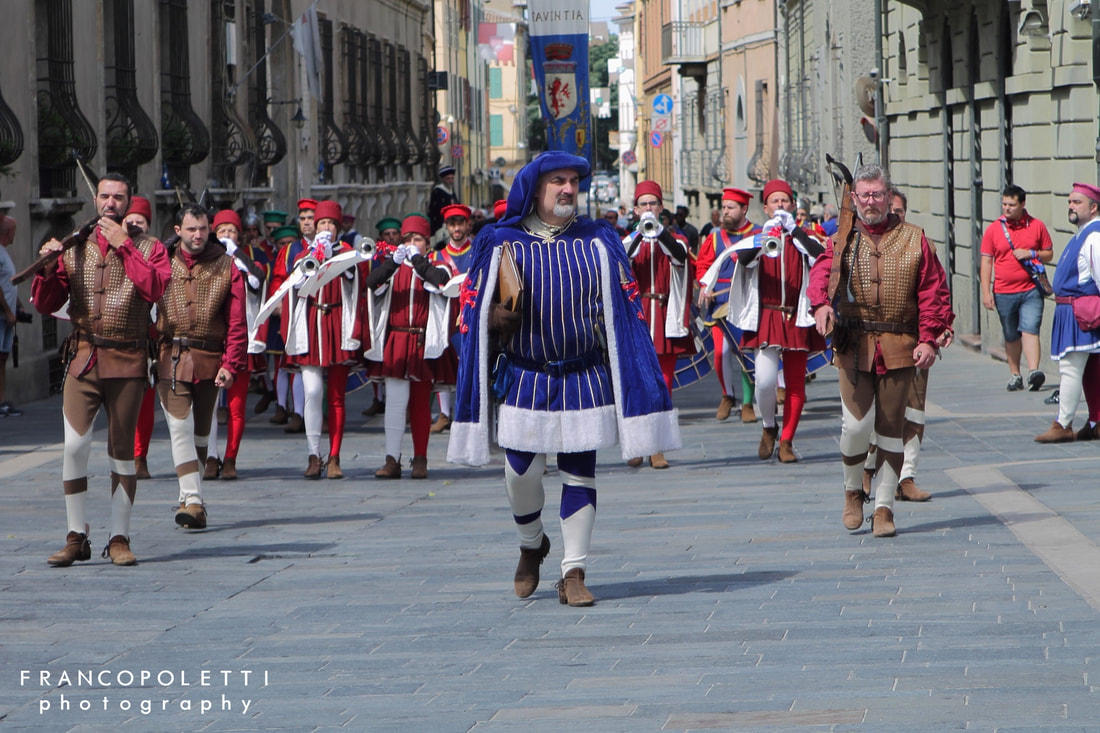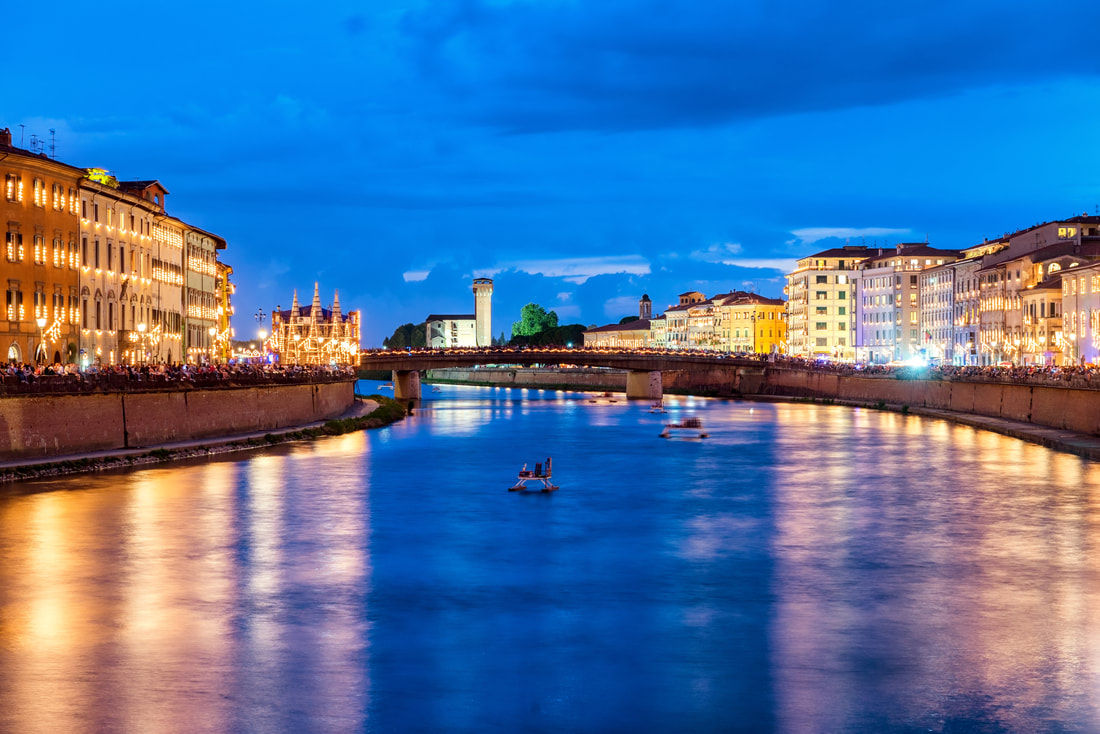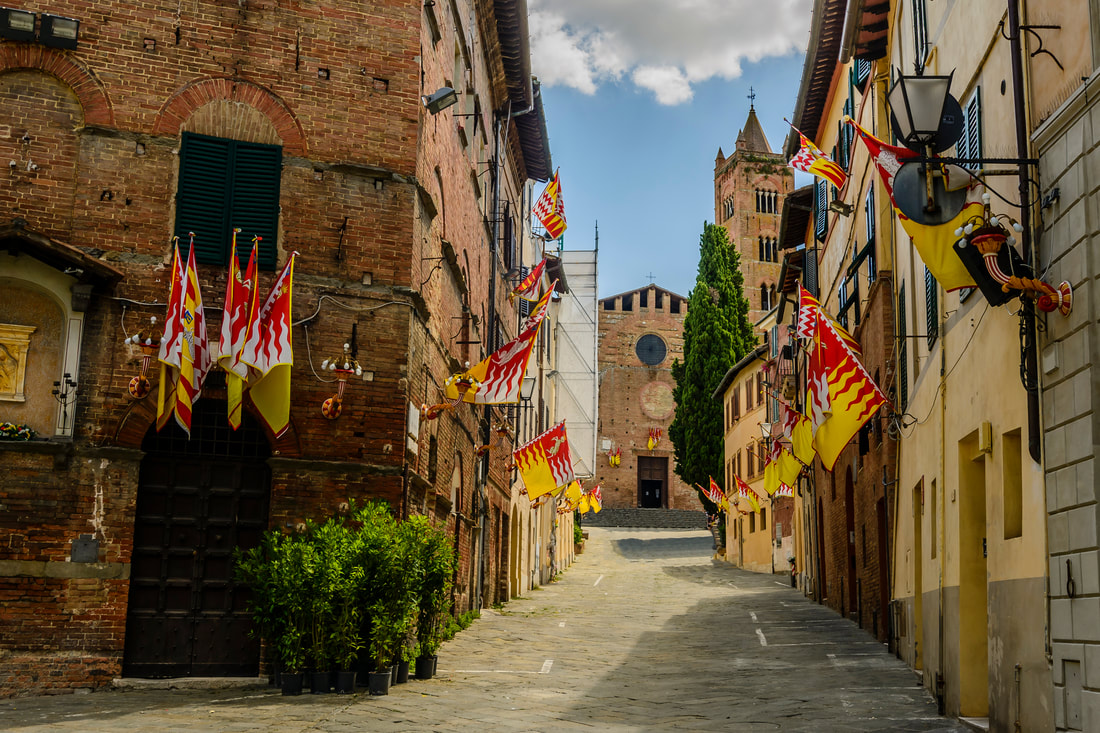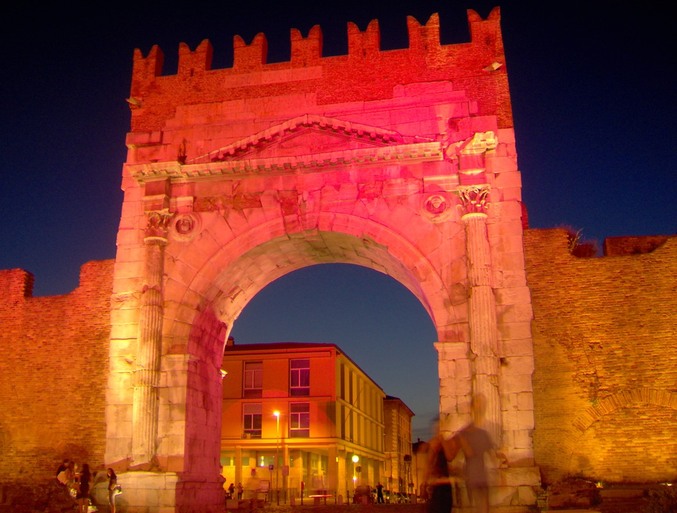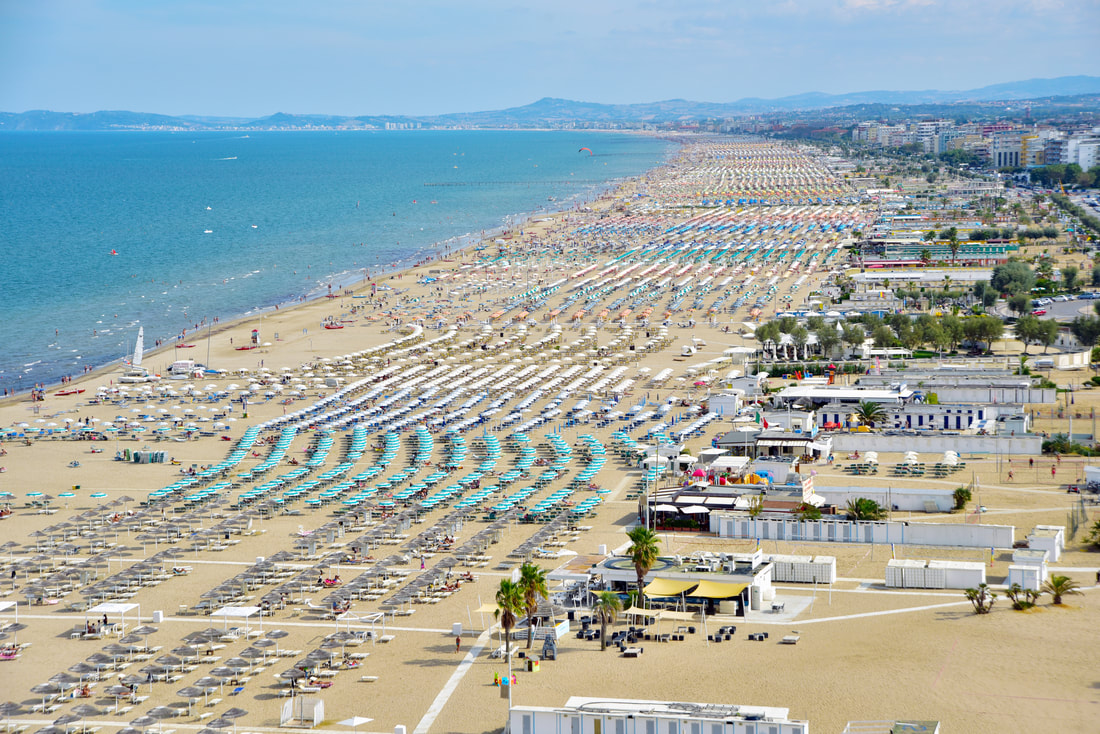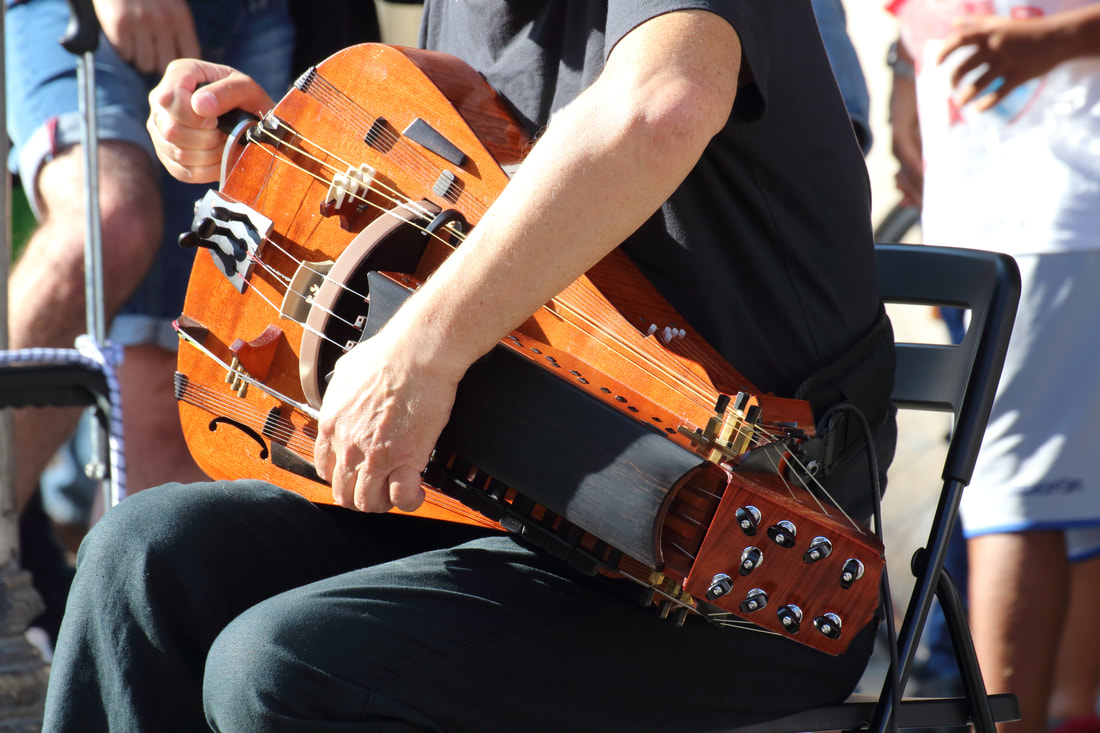Christmas, or Natale in Italy, is traditionally about food and spending time with family.
Due to Italy’s Christian heritage, Christmas is celebrated in a similar way to the UK. But there are some key differences.
If you’re planning to expand your business into Italy or run a Christmas marketing campaign, you need to be aware of the local customs, symbols and traditions to tailor your message to an Italian audience.
Due to Italy’s Christian heritage, Christmas is celebrated in a similar way to the UK. But there are some key differences.
If you’re planning to expand your business into Italy or run a Christmas marketing campaign, you need to be aware of the local customs, symbols and traditions to tailor your message to an Italian audience.
Here’s what you need to know about Christmas in Italy:
• Public holidays
The Italian festive period starts around 8th December and ends on 6th January.
As well as Christmas Day, Boxing Day and New Year’s Day, these dates are public holidays in Italy.
The religious Feast of the Immaculate Conception, 8th December, is usually when Christmas markets and decorations start to appear.
6th January, or Epiphany, is widely celebrated in Italy and comes with a unique holiday figure.
As well as Christmas Day, Boxing Day and New Year’s Day, these dates are public holidays in Italy.
The religious Feast of the Immaculate Conception, 8th December, is usually when Christmas markets and decorations start to appear.
6th January, or Epiphany, is widely celebrated in Italy and comes with a unique holiday figure.
• Christmas figures
As well as recognising religious figures like Jesus, Mary and the Wise Men, and secular characters like Father Christmas (Babbo Natale), Italian children hang up stockings for La Befana on 5th January.
La Befana is said to be an old woman or a sort of ‘good witch’ who rides on a broomstick, bringing fruit, nuts and gifts for Epiphany. If children have been naughty, she gives them lumps of coal instead (or edible black sweets that represent coal). Local communities often have Epiphany celebrations where adults dress as La Befana and give out presents.
La Befana is said to be an old woman or a sort of ‘good witch’ who rides on a broomstick, bringing fruit, nuts and gifts for Epiphany. If children have been naughty, she gives them lumps of coal instead (or edible black sweets that represent coal). Local communities often have Epiphany celebrations where adults dress as La Befana and give out presents.
• Christmas decorations
Christmas trees and lights adorn the streets in Italy but usually aren’t accompanied by the light switch on ceremonies that are popular in England. Poinsettia and holly are common decorations and mistletoe is given out in bunches at New Year for good luck.
Nativity scenes (Presepe) decorate churches and squares, especially in Naples, which is famous for its hand-made scenes. You can even catch live nativity scenes where performers act out the Christmas story.
Nativity scenes (Presepe) decorate churches and squares, especially in Naples, which is famous for its hand-made scenes. You can even catch live nativity scenes where performers act out the Christmas story.
• Christmas events
Italian-style Christmas markets, selling food, drinks and toys, line the streets and the Sforza Castle in Milan is transformed into a huge Christmas village every year called Oh Bej! Oh Bej!
On Christmas Eve (La Vigilia), many families attend midnight mass at their local church and, in some locations on the mountains, there are beautiful torchlight parades where skiers whizz down the slopes carrying torches.
On Christmas Eve (La Vigilia), many families attend midnight mass at their local church and, in some locations on the mountains, there are beautiful torchlight parades where skiers whizz down the slopes carrying torches.
• Food
Turkey isn’t a Christmas dinner staple in Italy and menus vary throughout the country.
In the area I come from in the north, Cappelletti, a stuffed pasta (similar to Tortellini) in broth, is a popular first course, followed by Zampone, pig’s trotter filled with pork mincemeat, and mashed potato.
You won’t see Christmas puddings, mince pies and yule logs on the table either. Italians commonly eat Panettone or Pandoro, a sugary bread, for dessert.
On Christmas Eve, some families observe the Catholic tradition of eating fish instead of meat. Lentil dishes are popular on New Year’s Eve as they’re associated with good luck.
In the area I come from in the north, Cappelletti, a stuffed pasta (similar to Tortellini) in broth, is a popular first course, followed by Zampone, pig’s trotter filled with pork mincemeat, and mashed potato.
You won’t see Christmas puddings, mince pies and yule logs on the table either. Italians commonly eat Panettone or Pandoro, a sugary bread, for dessert.
On Christmas Eve, some families observe the Catholic tradition of eating fish instead of meat. Lentil dishes are popular on New Year’s Eve as they’re associated with good luck.
What to consider when creating a Christmas marketing campaign
Christmas marketing often uses festive symbols, but these may not be universally understood.
For example, Italians don’t have Christmas crackers, so phrases like ‘You’d be crackers to miss this deal’ would need to be transcreated by a professional Italian translator to find a relatable alternative.
The Budweiser advert that said, ‘Wise men don’t drink and drive’, would also need to be transcreated to retain its meaning. In Italy, the wise men are known as I re magi, ‘the three kings’, so the wordplay wouldn’t translate directly across.
Similarly, images of Santa, reindeers and elves are common, but using snowmen or referring to a ‘white Christmas’ would be maybe more relevant in the snowy north of Italy than the warmer south.
By being aware of Italian Christmas customs, you can tailor your marketing messages to a local audience and ensure your campaign is successful.
Planning an Easter marketing campaign? Here’s how Easter is celebrated in Italy.
For example, Italians don’t have Christmas crackers, so phrases like ‘You’d be crackers to miss this deal’ would need to be transcreated by a professional Italian translator to find a relatable alternative.
The Budweiser advert that said, ‘Wise men don’t drink and drive’, would also need to be transcreated to retain its meaning. In Italy, the wise men are known as I re magi, ‘the three kings’, so the wordplay wouldn’t translate directly across.
Similarly, images of Santa, reindeers and elves are common, but using snowmen or referring to a ‘white Christmas’ would be maybe more relevant in the snowy north of Italy than the warmer south.
By being aware of Italian Christmas customs, you can tailor your marketing messages to a local audience and ensure your campaign is successful.
Planning an Easter marketing campaign? Here’s how Easter is celebrated in Italy.
